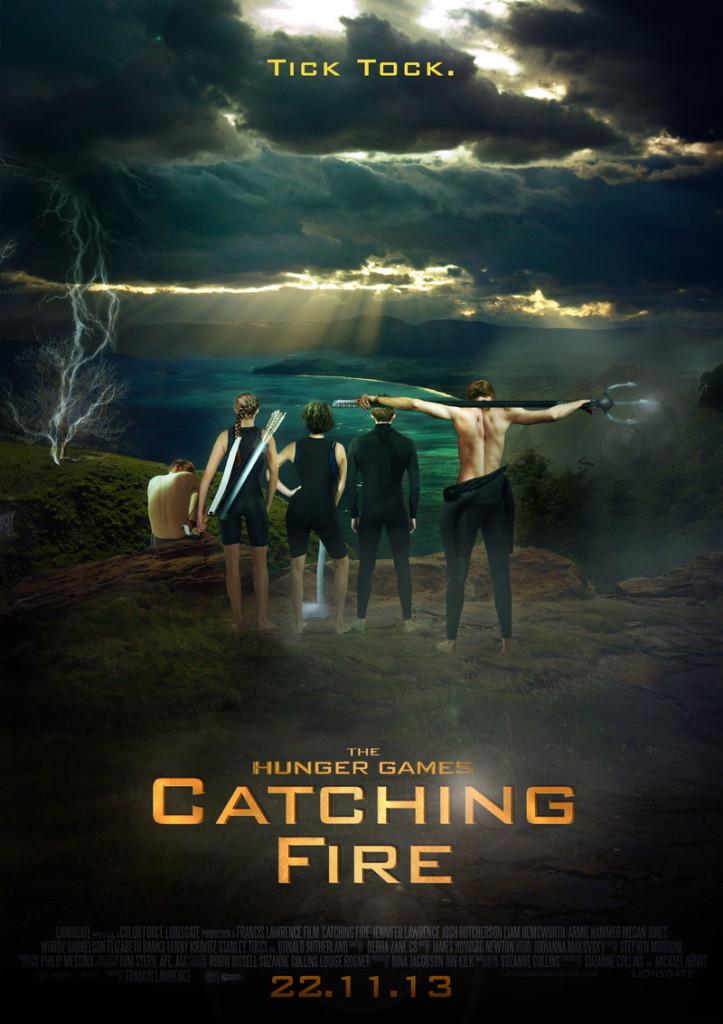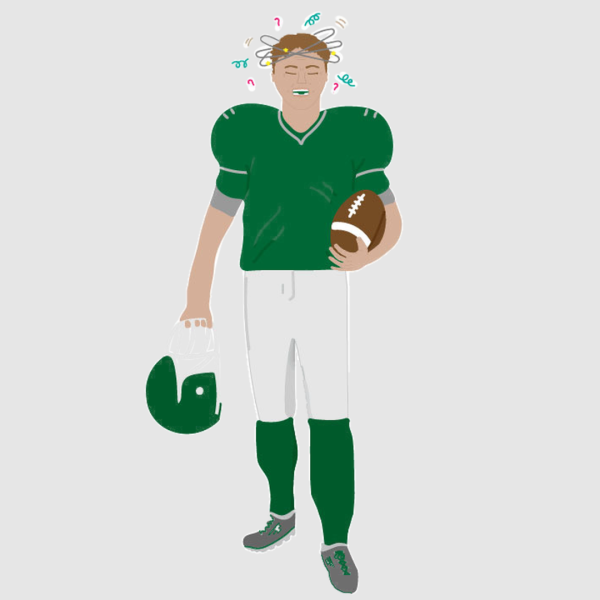The Hunger Games: Catching Fire Movie Review
The Hunger Games: Catching Fire attempts to enthrall viewers while setting up the story line’s finale, but the actors aren’t directed in a manner that encompasses the emotion of the Hunger Games books, and the entire experience ends up falling flat as a result.
In Catching Fire, Katniss Everdeen (Jennifer Lawrence) and Peeta Mellark (Josh Hutcherson) are once again thrust into the the crucible of the Hunger Games. Woody Harrelson, Elizabeth Banks, Liam Hemsworth and Donald Sutherland all return for their roles as Haymitch Abernathy, Effie Trinket, Gale Hawthorne and President Snow, respectively, and other actors reappear for their minor character roles.
While it should be noted that the movie is largely dedicated to setting up The Hunger Games: Mockingjay, the two-part finale adapted from Suzanne Collins’ third book in the Hunger Games trilogy, Catching Fire takes far too long to get to the meat of the story. For example, It takes over half of the 142 minute movie to introduce the arena the 75th Hunger Games is set in. As it is based off a book, many viewers will hope the running time is long enough for the director, Francis Lawrence (of I Am Legend and Water for Elephants fame), to include all the content from the 391 page book of the same name the movie is adapted from, and, by and large, he succeeds.
Surprisingly, none of the setup time is dedicated to immersing a viewer in the world in which the movie takes place. The director assumes that every viewer has seen the first movie, read the books or at least received a synopsis from another person. While this may be a bit pretentious, it is not without base. The Hunger Games franchise is prolific enough to warrant this kind of assumption. Imagine if every Harry Potter movie took the time to explain what had happened in the previous films.
As far as the movie looks, there’s nothing wrong. The CGI may not be as realistic as Alfonso Cuarón’s Gravity or as fascinating and gorgeous as James Cameron’s Avatar, but it does nothing to take the viewer out of the action and nothing to make them roll their eyes at the ridiculous green screen or computer effects, like some of the effects, namely the mutants, in the first movie may have.
The shots employed by Francis Lawrence are above average, the use of color is seamless and beautiful in many shots and the drastic contrast of the colors of the Capital’s wealth and the districts’ squalor inspires the same angry emotions the characters should be feeling. As a whole, the movie just looks better than the first one. The first movie was gritty and real, but slightly displeasing. The new costumes are sleek and flattering, as well as fitting for the setting.
Some of the action sequences in Catching Fire, especially the fights and chases, are rapidly cut together, as is the custom in cinema nowadays. Personally, I despise this practice. It takes all the actor’s skill out of a sequence, and instead leaves a viewer with only a vague idea that ‘something exciting is happening.’
The one thing sorely missing from the actor’s performance is humor. Jennifer Lawrence and Josh Hutcherson are both fantastic actors, and Jennifer Lawrence especially has enough range to play more than the stone-cold and humorless Katniss that Francis Lawrence presents, as she has proven in Silver Linings Playbook. I remember only one time the audience around me actually laughed, and while this was a simple throw-away line, it was funny and added to the movie. I found myself wishing these actors’ skills were employed more. I hope to see more of Jennifer Lawrence’s range in her upcoming movies American Hustle and Serena.
There is not much to say about the plot. It was faithful to a fault of the book, copying-and-pasting all the major plot points from it into the movie, but failing to create the atmosphere and character progression found in the book, making it generally disengaging. In my eyes, this movie is simply a setup for the finale. There were no holes per se, but vital details were left out, such as moments between characters that would permit viewers to become more emotionally invested. I just didn’t care about the characters, not through fault of the actors, but simply because the movie only hit the most major plot points and took seemingly forever to do it. Emotions, if they were conveyed, were transferred through the actors saying ‘This is how I feel’ instead of allowing a viewer to become invested of their own initiative.
If you don’t care about the franchise, The Hunger Games: Catching Fire is entirely missable. If you enjoy the books or the first movie, it’s worth seeing. A viewer already invested in the franchise will understand where the characters are coming from and be able to fill in the gaps left by the rapidly expanding plot. The finale of this series should be exciting, mostly because it is cut into two parts, allowing more plot points to be hit, and hopefully allowing the actors to better encompass their characters.







